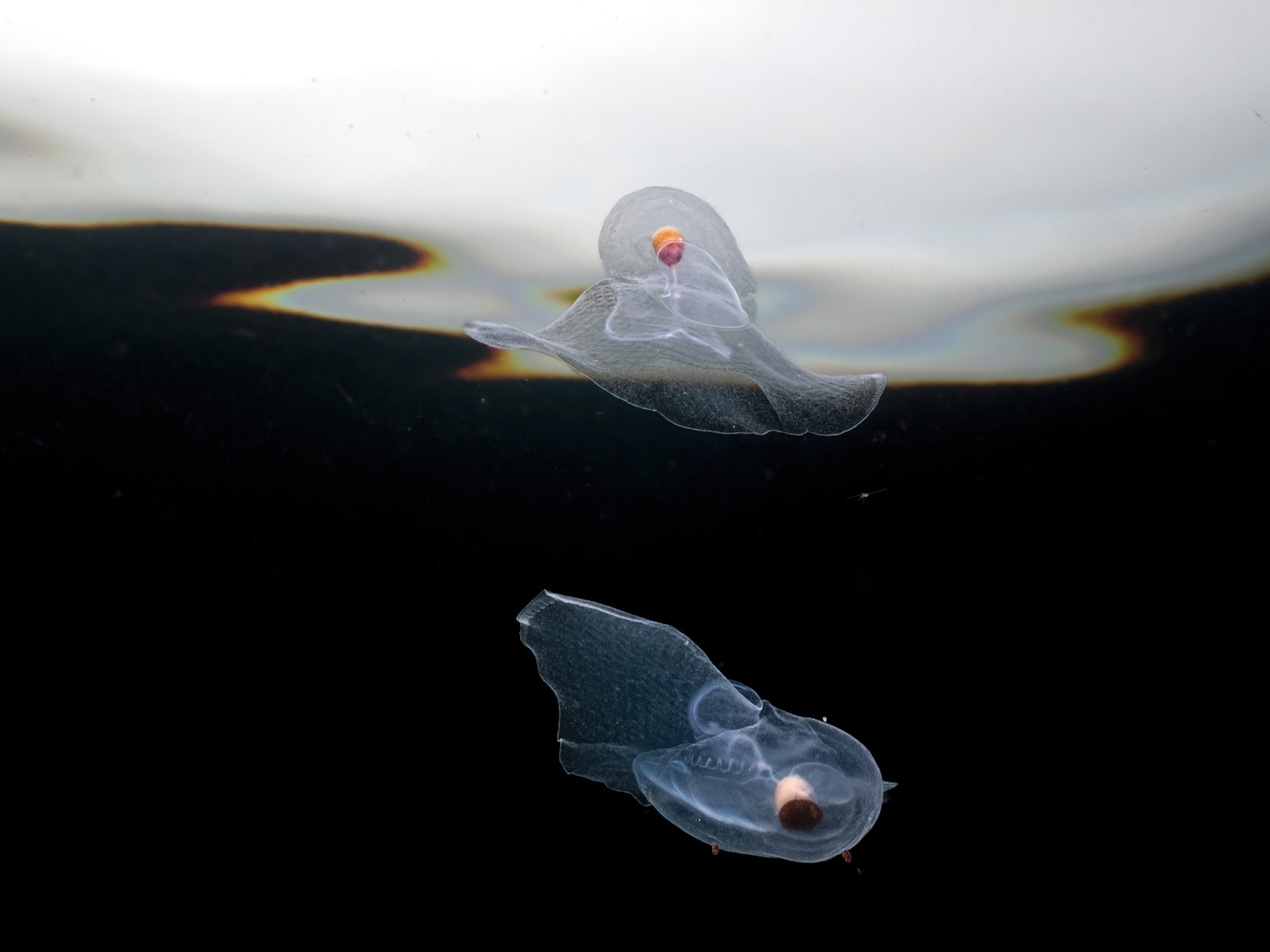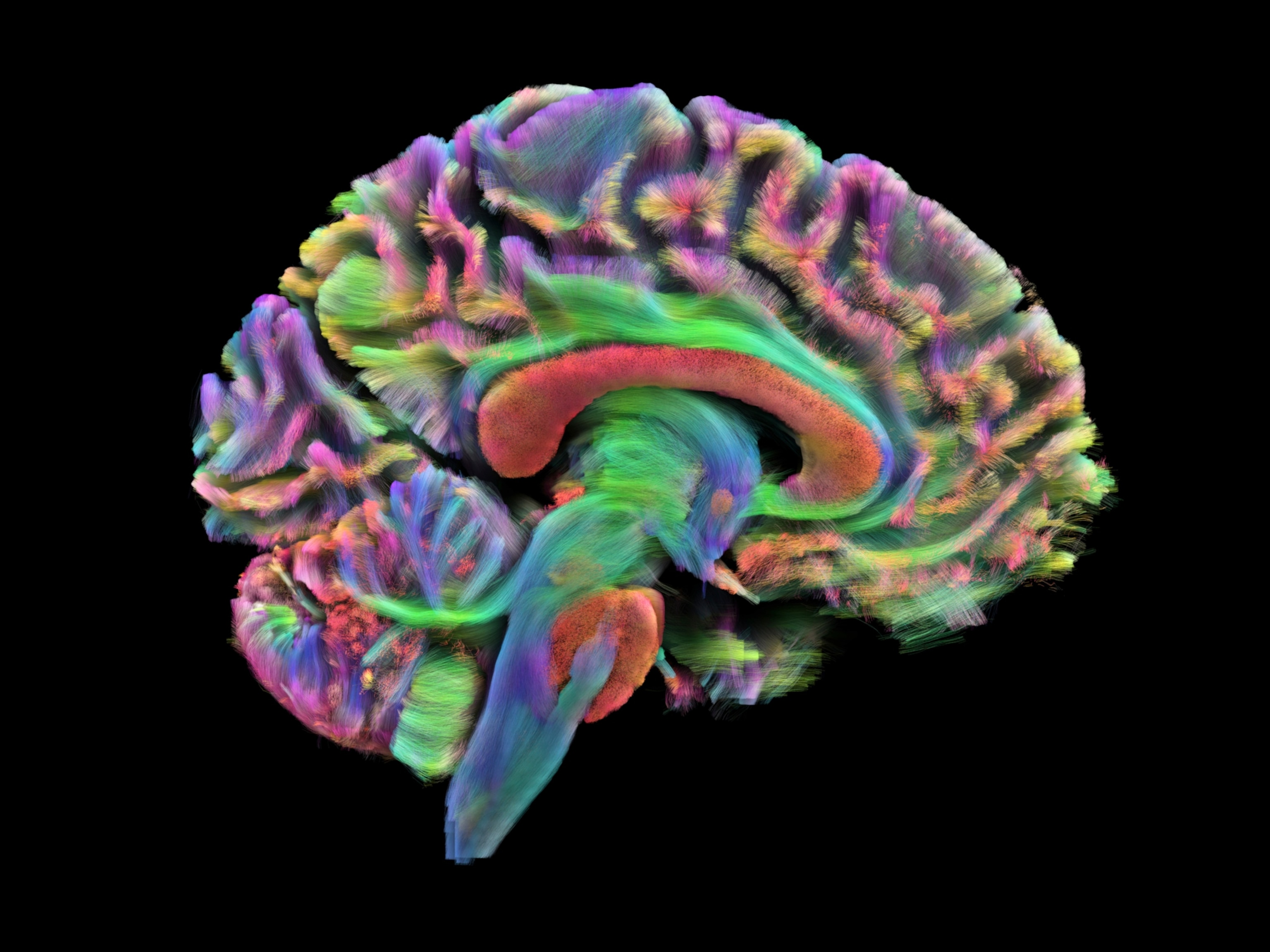
Like 'Deadpool,' This Jellyfish Has Amazing Superpowers
The moon jellyfish can age backward, form hordes of clones, and regenerate lost body parts, a new study says.
A hole rips through his body, but seals up and heals completely. An appendage is sliced off; the tissues grow back perfectly. He is capable of extreme regeneration, perhaps even immortality.
Those are the astonishing powers of Deadpool, the wise-cracking superhero whose movie is now a box office wonder. (Also see "Spider-Man Ready: 5 Animals That Regrow Parts.")
Yet there's a one squishy marine invertebrate can do all that—and more, according to a recent study in the journal PLOS ONE.
Emblazoned with a four-leaf clover on its back and lined with a fringe of thin tentacles, the moon jellyfish, Aurelia, is a veritable pantheon of power.
It not only regenerates like Deadpool, it ages backward like Benjamin Button and forms hordes of clones like Jamie Madrox the Multiple Man.
Superpowers from the Scrap Heap
Heroes need sidekicks, and the moon jelly’s is a graduate student in marine biology at China's Xiamen University named Jinru He. In the spring of 2011, he collected a baby male moon jellyfish from the ocean and raised it into a full-grown medusa, or adult. Eighteen months later, the jellyfish reached old age and expired.
Jinru transferred the corpse to a new tank with new water, and exercised the scientific superpowers of careful observation and patient waiting. (Read about more animals with incredible abilities like Ant-Man.)
Although moon jellyfish are the world’s most widespread, not many live where Jinru works in eastern China. “I treasure the samples,” he says. “When they become old I tend to keep them because I always hope for a miracle.”
He got one. Three months later, a sea anemone-like polyp rose like a phoenix from the degraded jellyfish. He says, “It was very, very amazing!”
It was amazing precisely because it had never been seen before. (See "The Surprising Way Jellyfish Put Themselves Back Together.")
Typically, a fertilized jellyfish egg becomes a larva, which grows into a polyp. Later, the polyp buds, release many swimming medusae that then spawn and die. The life cycle has been compared to a butterfly’s, in which a caterpillar is like a polyp. What Jinru observed was sort of like a scrap of butterfly wing sprouting a caterpillar.
And this wasn’t their only superhero-like trait. As Jinru raised the polyps into medusae, they settled on the tank’s floor. Instead of dying, they morphed into the younger polyp stage, Benjamin Button-like.
In some medusae, calluses formed in their mouths if they were overfed or injured. Miniature polyps grew outside those calluses. The polyps burst free, forming multitudes of clones, à la Jamie Madrox.
Cancer Fighters?
Although such drastic morphing in moon jellies is new, the creatures are known for their powers of transformation.
In the 1990s Italian researchers discovered that Turritopsis dorhnii, a jellyfish the size of a pen tip, reverts back and forth from a medusa to a polyp, earning the nickname the immortal jellyfish. (See "'Immortal' Jellyfish Swarm World's Oceans.")
Whether the moon jellyfish is reverse aging in the same way as the immortal jellyfish or undergoing extreme regeneration is unclear. Research into the fates of cells and genes during morphing is needed to tell the difference.
That could also provide new insights into cures for cancer, which was also Deadpool's motivation for enduring the DNA-changing procedure that gave him the power of regeneration.
“In Turritopsis, reverse development is part of a controlled pathway," says Stefano Pirano, a biologist at Italy's University of Lecce who has studied the immortal jellyfish but wasn't involved in the new study.
"Cancer, using probably highly similar mechanisms, is uncontrolled cell proliferation without rules. There is no plan for what to do with the new cells.”
Because jellyfish appear to have roles for new cells, their biology might teach us what those rules are.
What's already clear is that moon jellyfish are experts at staying alive. “Their life cycle is not a simple circle,” Jinru says, “it’s more like a web.”
Look out, Spider-Man.
Follow Juli Berwald on Twitter.





